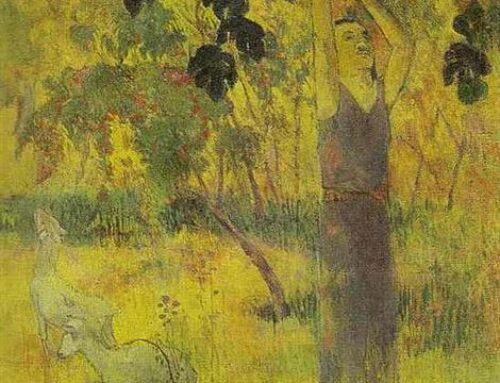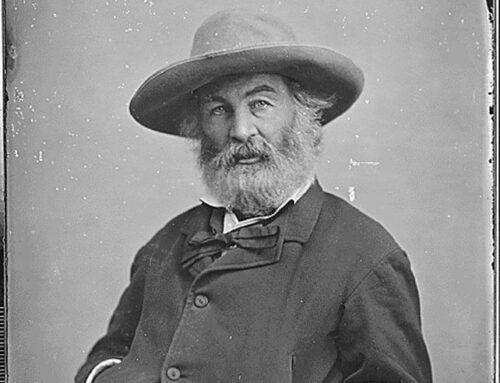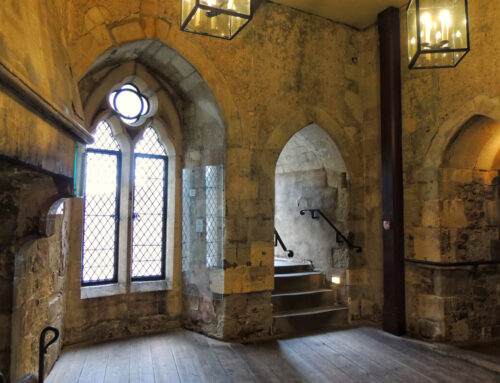The humanities in shadow: the present malaise with hopes for the future. From the editorial:
As a historian, I cannot help but worry over the changes that threaten to overwhelm the humanities. As with our colleagues in the sciences, so too with those of us in the humanities: Our material conditions reflect our professional status. This semester, my classes are in the campus’s principal liberal-arts building. Built a half century ago, the peeling edifice was recently drained of its asbestos but can never be drained of its dreariness. Just ask my 40 students in one class who are wedged into a windowless room that seats, uncomfortably, 30….
If humanities departments are shrinking, it is because the number of majors is shrinking. Take history. Please. Last November, the American Historical Association published an analysis of undergraduate enrollments in the discipline. While all the humanities are afflicted by falling numbers of undergraduate majors, history has simply fallen off the cliff. The steady decline that marked the 1980s has accelerated since the Great Recession. In 2008, 34,642 students earned history degrees; in 2017, the most recent year with available data, fewer than 25,000 did….
What’s to be done? If we were to go solo, historians could cite recent studies showing that history majors fare better on the job market than other liberal-arts graduates. But we could also embrace our sister disciplines, and persuade both students and administrations that liberal-arts degrees are solid currency in a corporate world that values critical, textual, and historical thinking. Most important, we must also reach out to this wider world, one that extends beyond promotion committees and external readers.
h/t Robert Townsend (@rbthisted)
For other posts on humanities in academia, see here









Leave A Comment